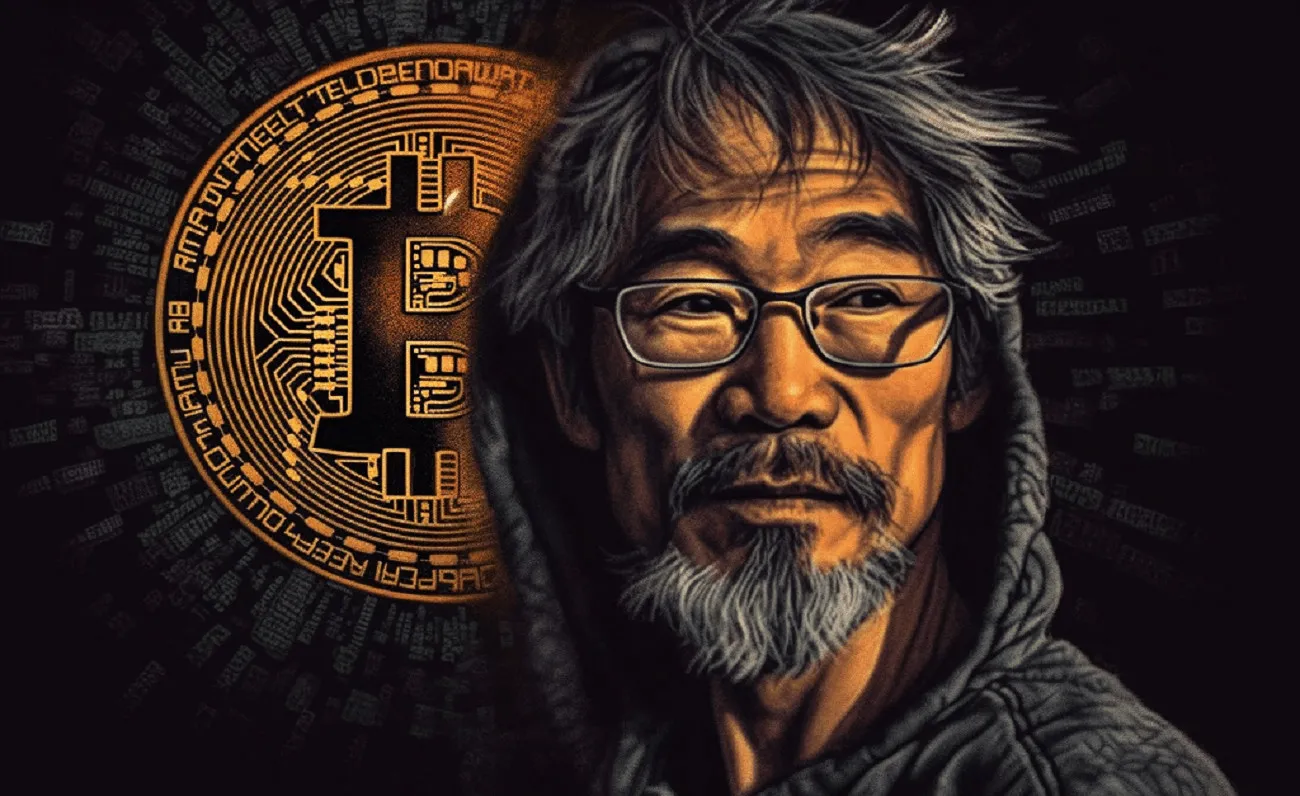Satoshi Nakamoto. Although Satoshi Nakamoto’s true identity is unknown, we do know that he created Bitcoin and launched the cryptocurrency era.
Despite not knowing Satoshi Nakamoto’s identity, we are aware of what he or she accomplished. The Bitcoin protocol was created by Nakamoto, who released a paper on the Cryptography Mailing List in November 2008.
After that, in 2009, Nakamoto released the initial iteration of the Bitcoin software client. He continued to collaborate on the project with others via mailing lists until the end of 2010. At which point he started to disappear from the community.
Working with members of the open-source community, Nakamoto was careful to never divulge any personal information about himself. He was last heard from in the spring of 2011, at which point he stated that he had “moved on to other things.”
Was Satoshi Nakamoto Japanese?
It’s best to avoid judging a book by its cover. Or perhaps we ought to.
“Satoshi” signifies “clear thinking, quick witted; wise.” “Naka” may refer to “medium, inside, or relationship.” One can interpret “moto” as “origin” or “foundation.”
All of those things would apply to the individual who created a movement through the brilliant design of an algorithm. Of course, the issue is that every word might signify different things.
Whether Nakamoto was Japanese or not is unknown to us. Indeed, to presume that he was a “he” at all would be presumptuous. Taking into consideration the possibility that “Satoshi Nakamoto” was a pseudonym, “he” might have been a “she,” or even a “they.”
Does anyone know who Satoshi Nakamoto was?
No, but occasionally the methods used by guessers to solve mysteries are even more fascinating than the solution. Joshua Davis of The New Yorker thought that Michael Clear, a graduate cryptography student at Trinity College in Dublin, was Satoshi Nakamoto.
After examining 80,000 words from Nakamoto’s online writings and looking for linguistic hints, he came to this conclusion. Vili Lehdonvirta, a former game developer and economic sociologist from Finland, was another person he suspected.
Both have refuted claims to have created bitcoin. When Michael Clear appeared at the 2013 Web Summit, he openly denied being Satoshi.
Three people
Fast Company’s Adam Penenberg challenged that assertion. Stating that Nakamoto might have actually been three individuals: Neal King, Vladimir Oksman, and Charles Bry. He discovered this by searching Google for distinct phrases from Nakamoto’s bitcoin paper to check if they were utilized elsewhere.
Three of them filed a patent application for updating and sharing encryption keys, one of them labeled as “computationally impractical to reverse.” Three days following the filing of the patent application, Satoshi registered the bitcoin.org domain name that he had originally used to post the paper online.
Six months before to the domain’s registration, one of the patent writers had visited Finland, where it was registered. They all refute it.
In any event, the person who registered bitcoin.org on August 18, 2008, did so using a Japanese anonymous registration service, and they utilized a Japanese ISP to host it. The Finland argument is slightly undermined by the fact that the site’s registration was just transferred to Finland on May 18, 2011.
Martii Malmi ?
Some believe that the person who created the bitcoin user interface, Martii Malmi, is a Finnish developer who has been associated with the project since its inception.
Jed McCaleb, a native of Japan and a fan of Japanese culture, is another candidate. He cofounded the decentralized payment systems Ripple and Stellar and invented the problematic bitcoin exchange Mt. Gox.
According to another idea, which is based on a paper that computer scientists Donal O’Mahony and Michael Peirce wrote about digital payments and a book that they co-published with Hitesh Tewari, Satoshi is actually Hitesh Tewari. Michael Clear was a student at Trinity College, where O’Mahony and Tewari both attended.
The Weizmann Institute’s Adi Shamir and Israeli academic Dorit Ron withdrew claims from a paper that suggested a connection between Satoshi and Silk Road, the illicit marketplace that the FBI shut down in October 2013. They had proposed a connection between the website and an address purportedly controlled by Satoshi. The address belonged to security researcher Dustin D. Trammell, who denied being Satoshi.
Others?
Professor Shinichi Mochizuki, a Japanese mathematician, also entered the race in May 2013, although internet pioneer Ted Nelson acknowledges that the evidence is, at most, circumstantial.
Leah McGrath Goodman of Newsweek reported in February 2014 that she had located the actual Satoshi Nakamoto. Since then, Dorian S. Nakamoto has refuted any knowledge of bitcoin, finally engaging legal counsel and issuing an official declaration to that effect.
Media reports and internet conversations have identified a number of developers, including Hal Finney, Michael Weber, Wei Dai, and others, as possible Satoshis on a regular basis. After studying the Bitcoin White Paper, a team of Aston University forensic linguists concluded that Nick Szabo was the true developer of the cryptocurrency.
In his book “Bitcoin: The Future of Money,” comedian and author Dominic Frisby also makes the argument that BitGold founder Szabo was the most likely contender to be Satoshi. He conducted a thorough investigation that included determining Satoshi’s likely birthday, the linguistics of his writing, and the degree of technical proficiency in C++.
So what do we know about Satoshi Nakamoto?
Interviews with those who worked with him early on in the bitcoin development process have led us to believe that he gave the system a great deal of thought.
Core developer Jeff Garzik claimed that his coding was unconventional since it lacked the thorough testing that one would anticipate from a traditional software engineer.
What is KYC? Check HERE.

